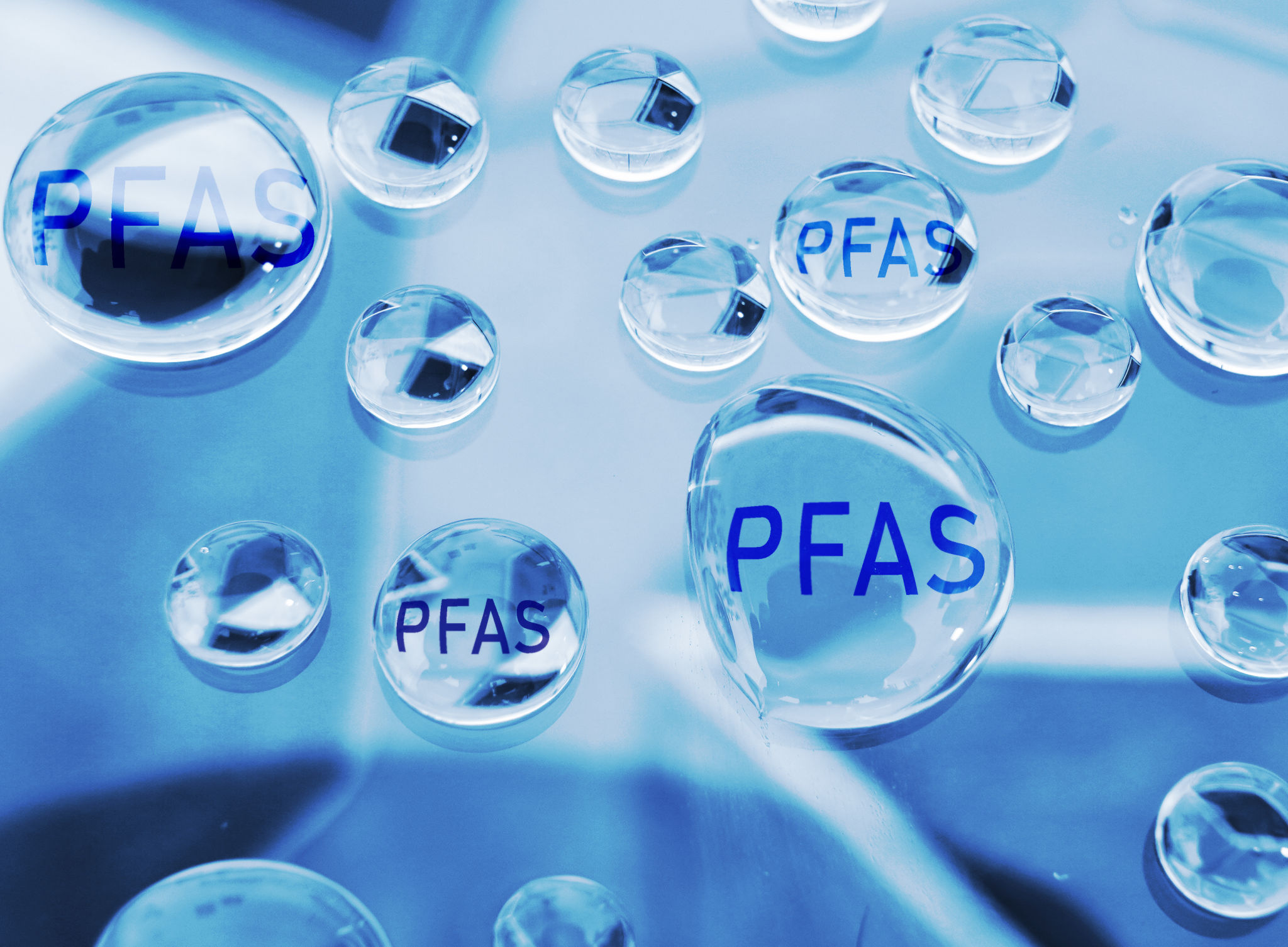Understanding PFAS Contamination: Innovative AI Solutions by PFASIntel
Understanding PFAS Contamination
Per- and polyfluoroalkyl substances (PFAS) are a group of man-made chemicals that have been widely used in various industrial applications and consumer products. Known for their resistance to heat, water, and oil, PFAS have been utilized in everything from firefighting foams to non-stick cookware. However, their persistence in the environment and potential health risks have raised significant concerns globally.
PFAS contamination is a complex issue, primarily because these chemicals do not break down easily and can accumulate in the environment and human body over time. They are often referred to as "forever chemicals" due to their long-lasting presence. As a result, understanding and managing PFAS contamination has become a top priority for environmental scientists and policymakers.

The Role of AI in Tackling PFAS Challenges
In recent years, artificial intelligence (AI) has emerged as a powerful tool in addressing environmental challenges, including PFAS contamination. By leveraging AI technologies, researchers and companies like PFASIntel are developing innovative solutions to detect, analyze, and mitigate the impacts of these persistent chemicals.
AI can process vast amounts of data quickly and accurately, making it invaluable in identifying potential contamination sites and predicting their spread. Machine learning algorithms can analyze historical data on PFAS usage and environmental conditions to generate predictive models. These models help in understanding how PFAS may migrate through soil and water systems, providing crucial insights for containment and remediation efforts.

Innovative Solutions by PFASIntel
PFASIntel is at the forefront of using AI-driven technologies to tackle PFAS contamination. Their solutions focus on three main areas:
- Detection: Utilizing advanced AI techniques to enhance the accuracy of PFAS detection in various environments, including water bodies and soil.
- Analysis: Employing machine learning to interpret complex datasets, identifying patterns and correlations that might not be evident through traditional analysis methods.
- Remediation: Developing AI-assisted strategies to optimize the cleanup processes, ensuring effective removal of PFAS from contaminated sites.
By integrating AI technologies with environmental science, PFASIntel is paving the way for more efficient and sustainable approaches to managing PFAS-related challenges.

The Future of PFAS Management
The integration of AI in environmental management is not just limited to PFAS but extends to other areas of ecological concern. As technology continues to evolve, it offers the potential for more precise monitoring and management of pollutants. With companies like PFASIntel leading the charge, there is hope for developing comprehensive solutions that address both current and future environmental challenges.
Moreover, collaboration between technology companies, governments, and environmental organizations will be crucial in advancing these initiatives. By sharing data and resources, stakeholders can work together to develop robust strategies for managing PFAS contamination globally.
As awareness about PFAS grows, so does the demand for effective solutions. The innovative use of AI by companies such as PFASIntel highlights a promising path forward in the fight against these persistent chemicals.

In conclusion, understanding and addressing PFAS contamination requires a multifaceted approach. AI offers significant promise in enhancing our ability to detect, analyze, and remediate these substances. Through continued innovation and collaboration, we can develop sustainable solutions that protect both human health and the environment from the threats posed by PFAS.